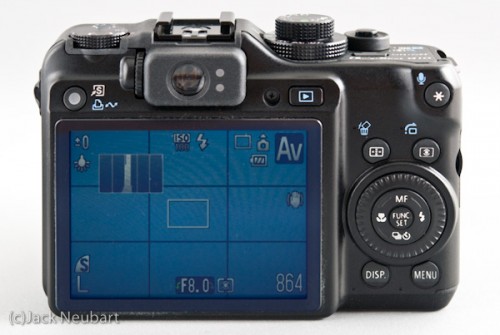...again.
I'm sorry for not posting for a while. I was in Dubai to take a breather before I get really busy with my graduation research that will take most of my time. Yup! I'll graduate this semester... hopefully =P. I'll hold a bachelor degree of business sciences with both concentrations Accounting and Marketing =). However, I'll make sure to check on the blog every now and then and read your comments of course. ;). So, I'm sorry to say that I won't be posting much in the near future, or at least these couple of months tho I have many ideas and tutorials I'd like to share with you, but the time will come sooner or later. ;)
So... I didn't get to take lots of pictures there but I managed to take few random pictures. I Hope you like them. =)
So... I didn't get to take lots of pictures there but I managed to take few random pictures. I Hope you like them. =)





















































